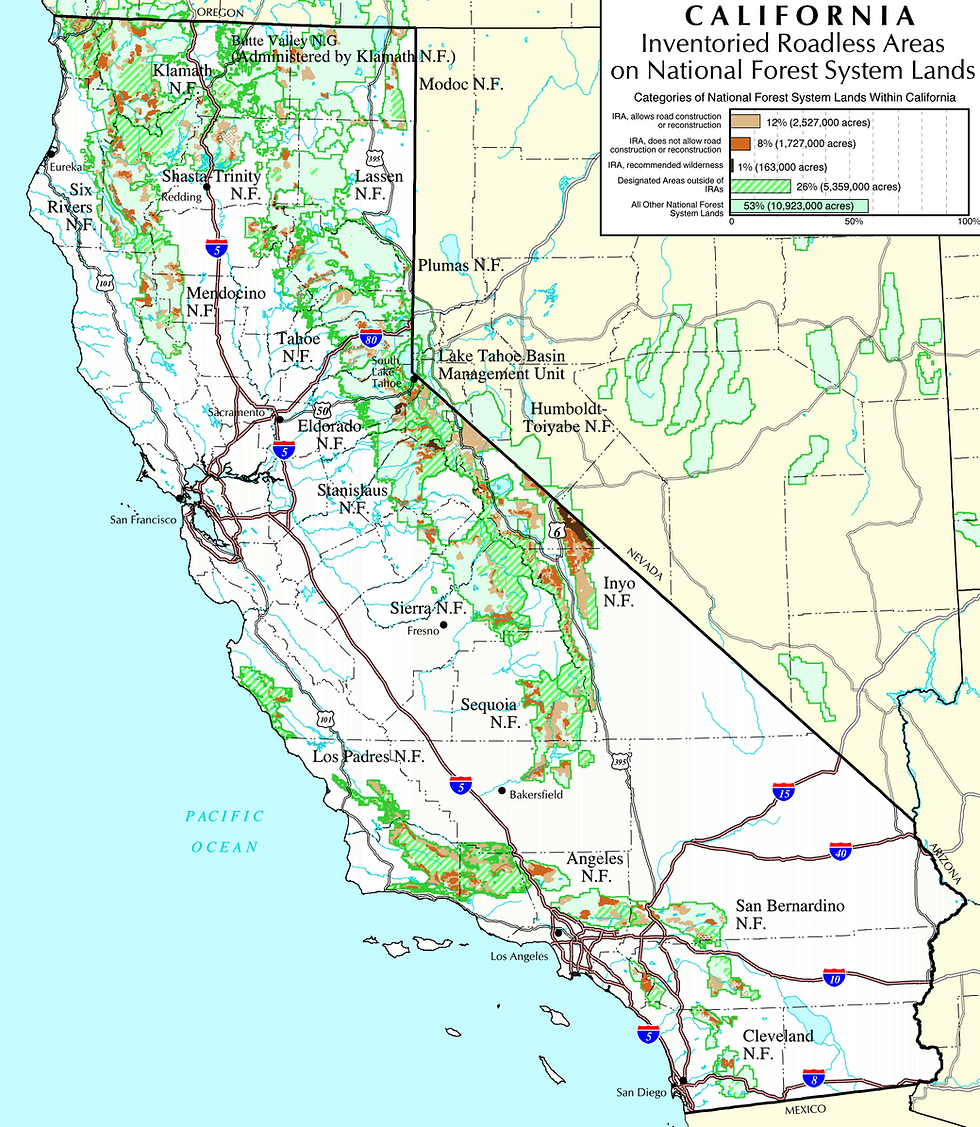Lassics Lupine Receives Endangered Species Act Protections
- Abigail Lowell

- Oct 4, 2023
- 1 min read

On October 5, 2023, the U.S. Fish & Wildlife Service will list the Lassics lupine (Lupinus constancei) under the federal Endangered Species Act, and designate 512 acres of critical habitat for the rare wildflower.
The Lassics lupine is a tap-rooted, herbaceous, perennial plant with pink and white flowers that grows up to six inches tall and is only found in two areas at high elevations of the Lassic peaks in Northern California’s Six Rivers National Forest. Native bees and other pollinators are attracted to its nectar and pollen.

Threats to the Lassics lupine include seed predation by small mammals before dispersal, climate change, woody vegetation encroachment, wildfire, firefighting and suppression efforts, habitat fragmentation, and small population sizes very sensitive to any habitat disturbance or loss. According to the California Department of Fish & Wildlife, “in response to the observed seed predation, researchers and the U.S. Forest Service began using wire cages to exclude seed predators from reproductive Lassics lupine plants in 2003, and this practice is still in use.”
After its ESA listing, the Lassics lupine will need the U.S. Forest Service to continue caging reproductive plants and managing the serpentine-influenced endemic habitat for its survival.
Read more from the Eureka Times Standard, including commentary from Dave Imper, a retired botanist and lead author of the ESA petition.





Comments